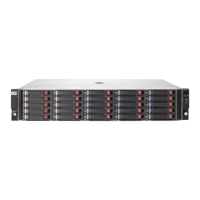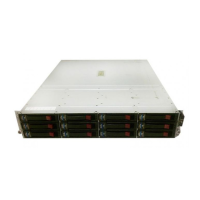Table 167 XP Continuous Access Synchronous replication rules
Description
Rule
nl
number
Synchronous replication is supported on XP24000/20000, XP12000/10000, XP1024/128,
and XP512/48 storage systems. The maximum distance or latency supported for synchronous
replication is 200 km when using dark fiber, or 20 ms using other extension methods. Latencies
greater than 20 ms require HP approval before implementation.
Note: You must ensure that host-based applications utilizing replicated storage are able to tolerate
the total of the following latencies:
• Local I/O servicing (local site storage system)
• Continuous Access Synchronous replication
• Remote I/O servicing (remote site storage system)
1
A minimum of 16 Mb/s of IP bandwidth per path is required.2
XP Continuous Access Asynchronous
Table 168 describes the network requirements and configuration rules when using XP Continuous
Access Asynchronous replication.
Table 168 XP Continuous Access Asynchronous replication rules
Description
Rule
nl
number
Asynchronous replication is supported on XP24000/20000, XP12000/10000, XP1024/128,
and XP512/48 storage systems. The maximum latency supported for Asynchronous replication
is 300 ms one-way or 600 ms round-trip.
1
A minimum of 16 Mb/s of IP bandwidth per path is required.2
XP Continuous Access Journal
Table 169 describes the network requirements and configuration rules when using XP Continuous
Access Journal replication.
Table 169 XP Continuous Access Journal replication rules
Description
Rule
nl
number
Journal replication is supported on XP24000/20000 and XP12000/XP10000 storage systems
only. The maximum distance supported is 300 ms one-way or 600 ms round-trip.
1
Initiator port and RCU-target port configurations and a control-unit-free definition are required on
both storage systems (see Figure 114).
2
Open-V emulation is supported for data volumes (P-vol and S-vol) and journal pools only.3
Journal replication does not support LUSE devices for P-vol, S-vol, or journal pools for firmware
versions earlier than 50.09.07.00/00.
4
P-vol and S-vol must have the same size Open-V volumes.5
P-jnls and S-jnls must have at least 1 LDEV and can have up to 16 Open-V LDEVs (see Figure 115).6
SAN Design Reference Guide 337

